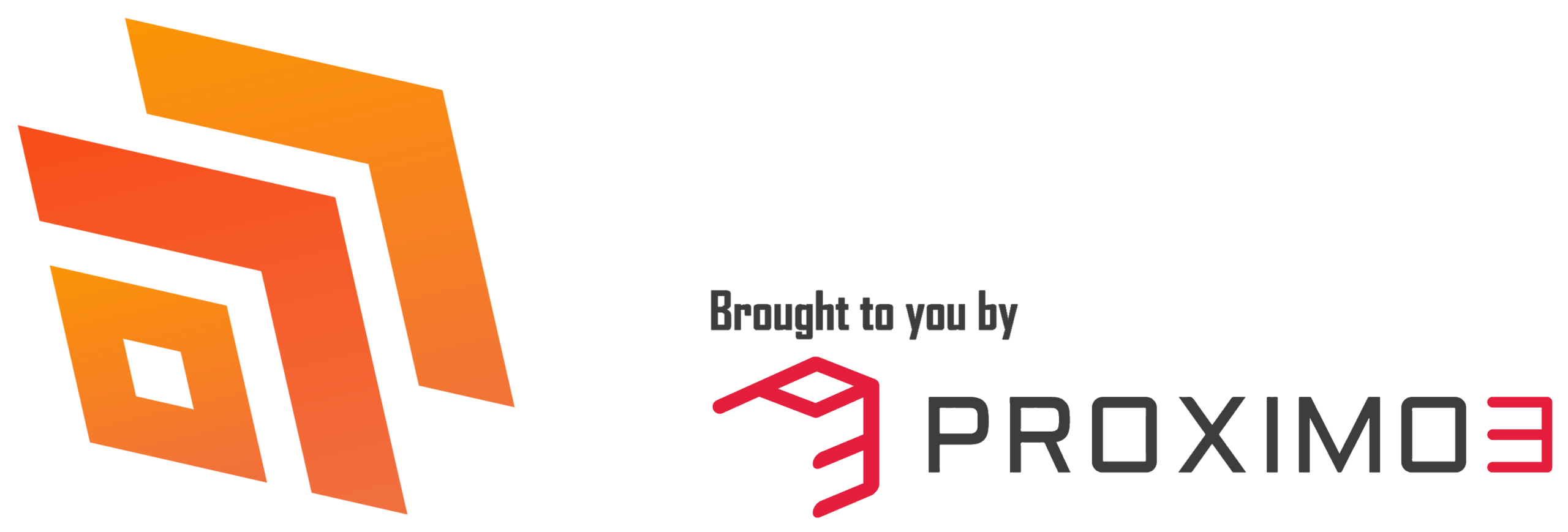Now Reading: The MVP Summit 2025 Story
-
01
The MVP Summit 2025 Story
The MVP Summit 2025 Story

Two years had passed since I looked up at the skyscrapers of Seattle, strolling randomly across downtown, just to soak in the atmosphere, dreaming of having all the time in the world to explore every corner by foot. Back then I had done some research and wanted to experience the city skyline from Kerry Park and Gas Works park, but fate took me to other places. Would I make it there this time?
I started this post shortly after the MVP Summit, but it got left behind and forgotten among other drafts. I recently decided to dust it off and finish it. What follows is a mix of reflections from right after the summit, and thoughts that have settled in long after.
This is the first post in a series of posts:
- The MVP Summit Story
- MVP Summit 2025 – Guided Tours
- MVP Summit 2025 – The Seattle Experience
MVP Summit 2025 was a mix of roadmap discussions, product insights and networking. It brought together tech enthusiasts from every corner of the world, exchanging stories from work and beyond.
Spontaneous meet-ups, the ones that happen when you least expect them. Between sessions, in a shuttle bus, on a walk between buildings, or beneath a cherry blossom tree on the way to the iconic Microsoft logos and the visitor center.
Conversations about technology, the road ahead, but also life itself. After soaking in the cherry blossoms and spontaneous chats, the sessions dove deep into what’s next, and this must come as no surprise, AI was everywhere!
AI, AI, AI… and a little more AI
MVPs gather in Seattle for the MVP Summit to glimpse what’s next. Product roadmaps, experimental features, and ideas that may evolve or vanish before release. AI continues to dominate the agenda, reshaping how we build and what we build.
Content presented during MVP Summit is under NDA. I guess that’s the upside of posting this long after, I can share what’s publicly available. I will also cheat a little and throw in what’s been announced post Summit.
A glimpse into the future
Copilot Studio has evolved rapidly, from enabling simple conversational agents to supporting autonomous agents that operate quietly in the background. Your own agents began as “custom copilots”, but now they’re simply called “agents.”
The future? Multi-agent architectures, where AI agents collaborate to solve complex tasks while humans supervise and guide them. Copilot Studio agents extended and ultra-powered by Azure AI Foundry.
MCP is a thing now
New concepts pop up faster than the latest teen slang, one standout is the Model Context Protocol (MCP). It was released in November last year and is an open standard designed to connect AI applications to external systems.
Dataverse has its own MCP server, connect to it from Copilot Studio. Even Microsoft Learn runs its own MCP server, expanding the protocol’s reach across learning and development platforms.
Let’s make a plan
Power Platform is evolving. The Plans in Power Apps feature has been showcased at multiple events, first introduced at PPCC 2024 and later entered Public Preview in January. New out-of-the-box (OOB) agents for model-driven apps have popped up, including the Data Entry Agent, Data Exploration Agent, and Summary Agent. There’s also now the capability to supervise agents with agent feed. Generative pages is another newer feature to keep an eye on.
Apps, agents, flows and hybrids
So what should you build and where? The lines are blurring:
- App or agent?
- Agent or flow?
- Or maybe an agent flow?
If you’re building agents, Copilot Studio is the go-to platform. But there are alternatives:
- Copilot Studio Lite experience (within Microsoft 365) for creating an agent for yourself or a small team using existing content.
- Azure AI Foundry for extending Copilot Studio agents with specific or fine-tuned models or building Azure AI Agents.
Note that just recently the Agent Builder was renamed to now be called “Copilot Studio lite experience”, the “Full experience” simply being Copilot Studio. Check out the “Lite” vs. “Full” experiences here.
And if you hear Agent Builder in Power Apps, that’s about turning your existing apps into agents, available for canvas apps, but probably coming for model-driven apps too.
This decision tree in the AI Adoption documentation gives some hints on how to think about each use case. 
Prompts everywhere
AI Builder prompts, or just AI prompts, depending on where you’re working, let you shape how AI behaves. You can define input variables to pass dynamic values at runtime, making your agents, apps, and flows more responsive and intelligent.
Prompts are not limited to Copilot Studio. You can find them across Power Automate, Power Apps and more. There is even a prompt library to help you get started or reuse what you have built.
In Copilot Studio, prompts are just one tool in your kit. You can also add agent flows, computer use, custom connectors, or even connect to an MCP server or REST API, from Tools.
New protocols and new models
Speaking of standards, MCP is not the only one. This year also brought the Agent-to-Agent (A2A) protocol from Google and Microsoft recently introduced the Microsoft Agent Framework.
Copilot Studio now supports GPT-5 and even Anthropic’s Claude models, giving makers more flexibility in choosing the best AI model for their needs. You can also explore bringing in your own model from Azure AI Foundry.
Final thoughts
Was all of this crystal clear? Probably not. But maybe that’s the point, we’re all just trying to keep up with what’s new, and sometimes it feels harder than ever. It can even come with a bit of an identity crisis. How do I embrace AI? What do I need to learn?
It’s all a journey. Live it, stay curious, I’m sure the rest will be figured out eventually.



So what are you building next? I’d love to hear how you’re exploring all these new possibilities. Now we’re all looking forward to PPCC 2026 and Microsoft Ignite to see what new features might be announced this year, right?!
In the next post, I’ll share a behind-the-scenes look at the guided tours offered during MVP Summit. If you ever get the chance to attend, I highly recommend it. It’s an opportunity to connect, learn and explore beyond the technical sessions.
Original Post https://carinaclaesson.com/2025/10/22/the-mvp-summit-2025-story/
















